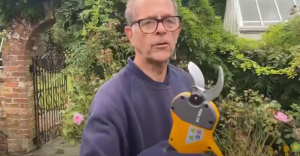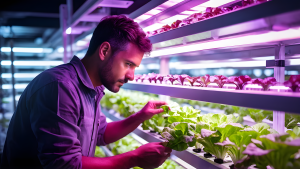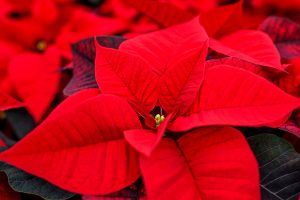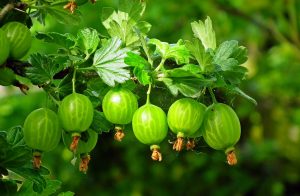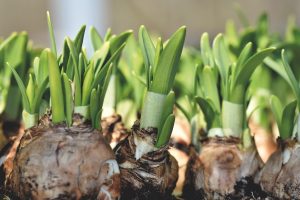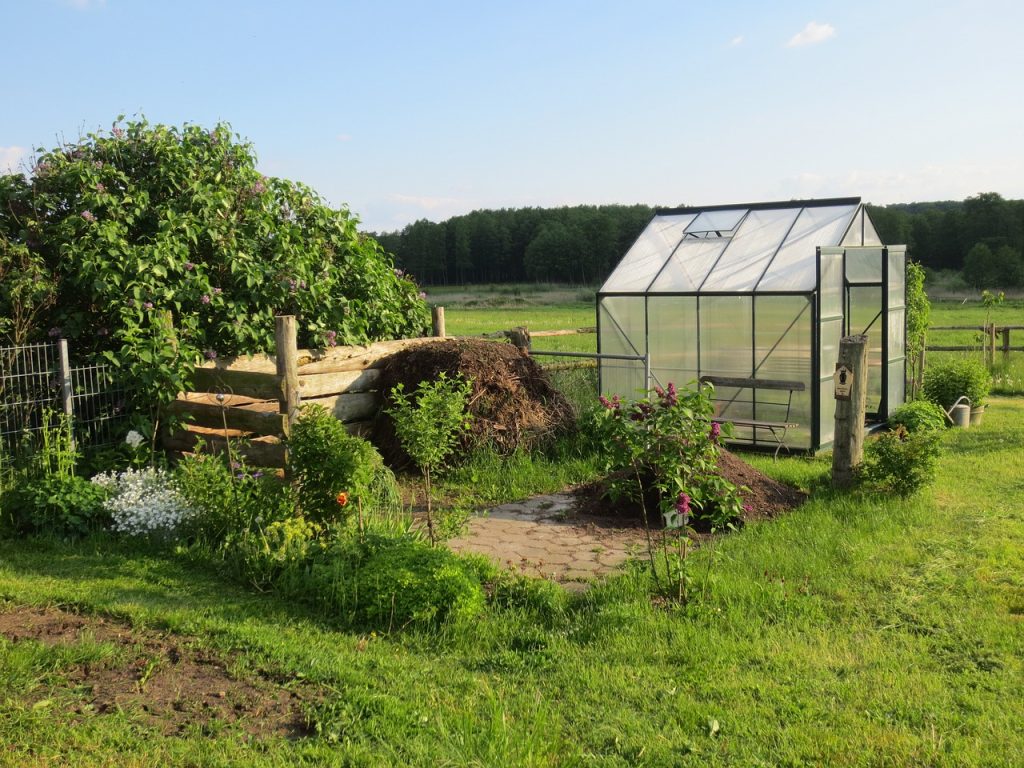
Embarking on the journey of creating your first garden can be an exciting and rewarding experience.
Whether you have a spacious backyard or just a small balcony, cultivating your own green oasis is a fulfilling endeavor.
In this article, I’ll provide essential guidance on starting and maintaining your first garden, ensuring a flourishing and bountiful harvest.
Post about your experiences establishing a garden below in the comment section – did you have trouble finding a plot or allotment to grow on? >>>
Choosing the perfect location
Selecting the right spot for your garden is crucial. Consider factors such as sunlight, shade, and proximity to water sources. A well-located garden will receive the ideal amount of sunlight and be easily accessible for regular care. Ensure that your chosen location receives at least 6-8 hours of direct sunlight daily, as most vegetables and flowers thrive in full sun. Avoid areas shaded by tall trees or buildings, as they can hinder plant growth. Additionally, proximity to a water source like a hose or sprinkler system will simplify your watering routine.
Get a professional survey
Adding a garden to your property can be a rewarding endeavor, enhancing the beauty and functionality of your outdoor space. However, before embarking on this project, it’s crucial to have a clear understanding of your property lines to avoid any legal issues or disputes with neighbors.
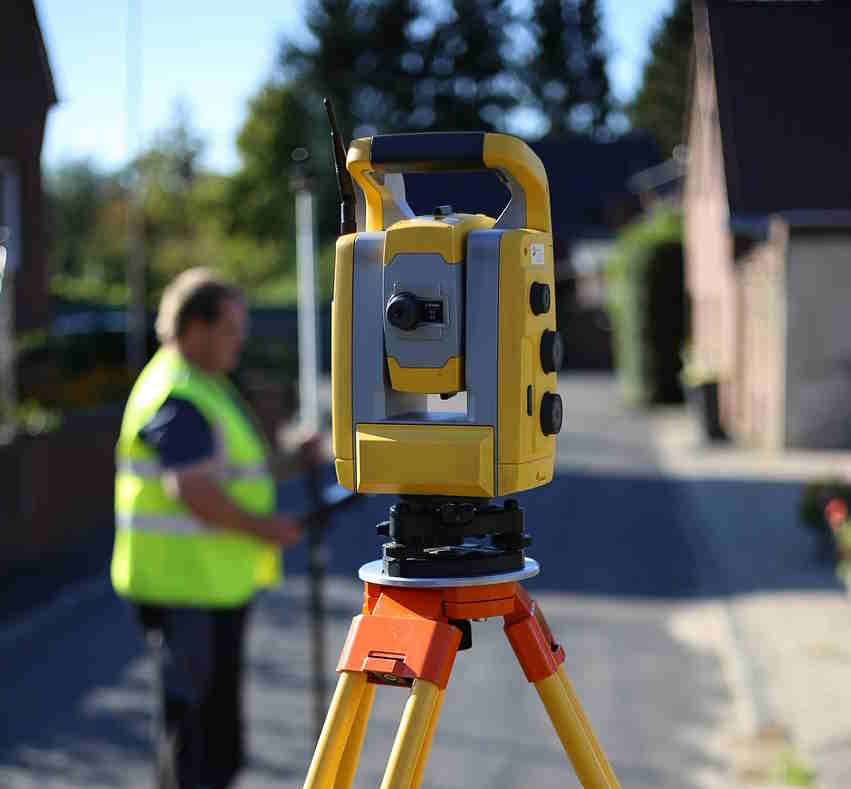
If you’re uncertain about the exact boundaries of your property, hiring a property surveyor is a wise decision. A professional surveyor can take precise land measurements, providing you with accurate information about your property’s limits and any potential restrictions that might affect your gardening plans.
Planting tips
Proper planting techniques are fundamental for healthy growth. Ensure you plant your seeds or seedlings at the correct depth and spacing. Adequate spacing allows your plants to receive sufficient nutrients and minimizes competition for resources. When planting seeds, follow the instructions on the seed packet regarding the recommended planting depth. For seedlings, dig a hole slightly larger than the root ball and place the plant at the same level it was in its nursery container.
Proper spacing ensures that your plants have enough room to grow and prevents overcrowding, which can lead to disease and poor development.
Selecting your crops
Deciding what to grow is a pivotal decision. Consider your climate, available space, and personal preferences. Start with easy-to-grow varieties if you’re a beginner, and gradually expand your repertoire as you gain experience. Research the plants that are well-suited to your climate zone.
Local gardening centres or agricultural extension offices can provide valuable recommendations. Take into account your available space; smaller gardens are perfect for herbs, cherry tomatoes, and peppers, while larger spaces can accommodate a wider variety of vegetables and flowers. Consider your personal preferences and what you enjoy eating or looking at – gardening should be a pleasurable experience.
What have been some of the big challenges you have had when growing vegetables or flowers? Post a comment below >>>
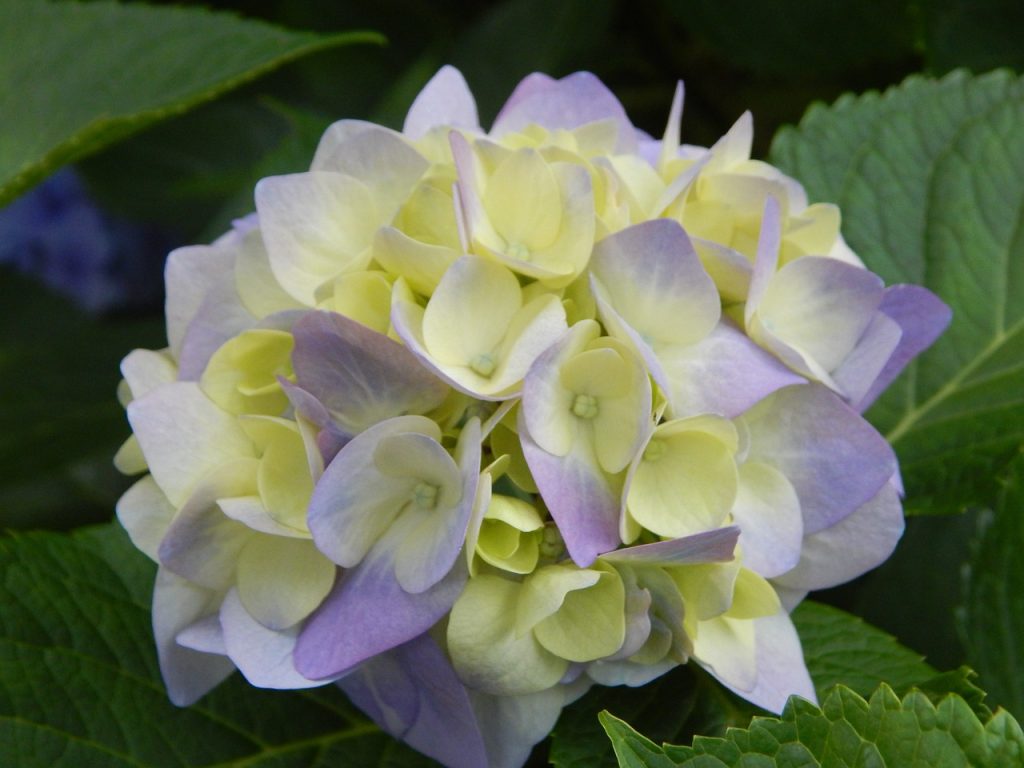
Maintaining plant health
Keeping your plants or vegetables healthy is an ongoing commitment. Learn to recognize signs of pests, diseases, or nutrient deficiencies early on. Regularly inspect your garden and take prompt corrective measures to ensure optimal plant health.
Look for clear understanding of your property lines such as yellowing leaves, wilting, or unusual spots on plant foliage. These could indicate nutrient deficiencies or pests. Integrated pest management techniques, such as introducing beneficial insects or using organic pesticides sparingly, can help maintain a healthy garden without harming the environment. Regularly water your plants, but avoid overwatering, as this can lead to root rot.
Enhancing soil quality
Healthy soil is the foundation of a thriving garden. Invest time in improving your soil’s composition by adding organic matter, compost, and mulch. Well-nourished soil promotes better root development and nutrient absorption.
Before planting, amend your soil with organic matter like compost or well-rotted manure. This enriches the soil with essential nutrients and improves its water retention capacity.
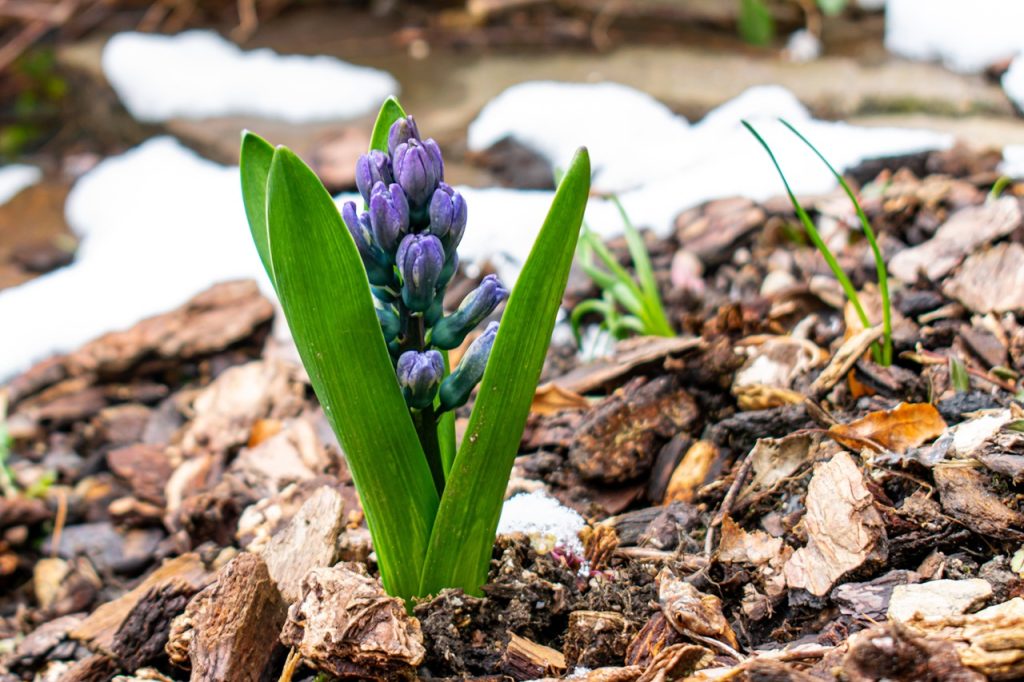
Additionally, mulch around your plants to conserve moisture, suppress weeds, and regulate soil temperature. Over time, your efforts will result in soil that’s teeming with beneficial microorganisms and nutrients, providing the perfect environment for plant growth.
Essential gardening tools
While you don’t need a vast array of tools, investing in a few key essentials is wise. Tools like a hand trowel, pruners, a watering can, and a sturdy rake will simplify your gardening tasks and make them more efficient. A hand trowel is invaluable for planting and weeding, while pruners are essential for trimming and deadheading. A watering can with a fine spray nozzle allows for gentle watering, preventing soil erosion. A sturdy rake helps maintain tidy beds and ensures your garden looks well-kept.
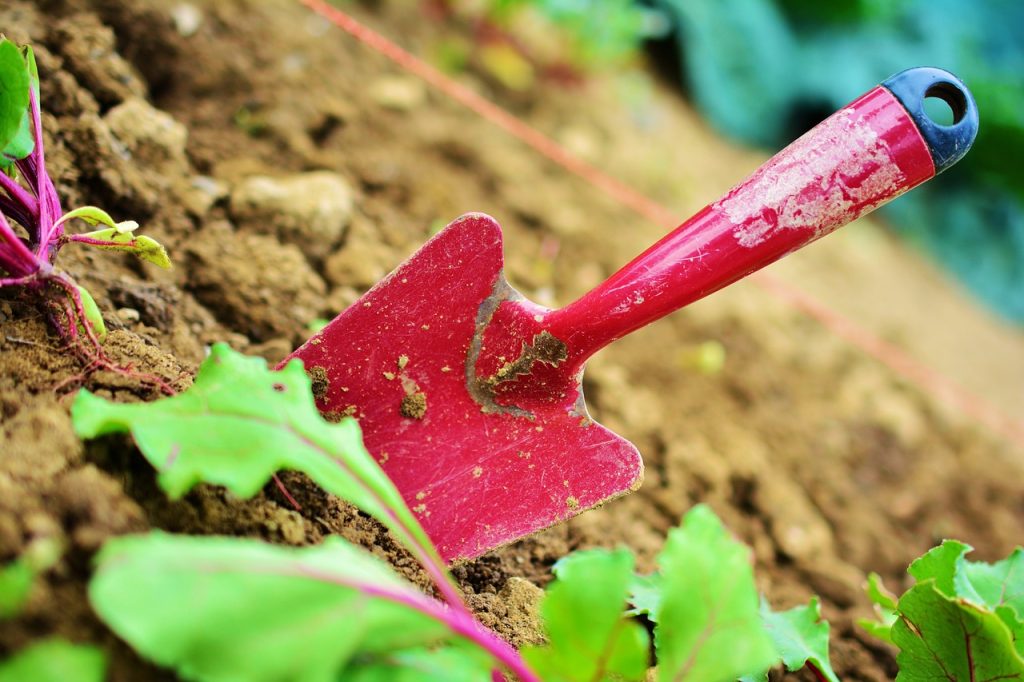
Top tip: Borrowing tools from a friend or neighbour can be a cheaper way of making sure you have the correct kit for the job.
What’s the longest you’d admit to keeping someone else’s tools?! Post a comment anonymously below >>>
Starting and tending to your first garden is a journey filled with learning and satisfaction. By carefully choosing the location, mastering planting techniques, selecting suitable crops, maintaining plant health, enhancing soil quality, and investing in essential tools, you’ll set yourself up for a successful gardening experience. Remember that understanding your property boundaries and potential restrictions is essential, ensuring that your gardening efforts remain within the legal parameters of your property.
Happy gardening!
Check out hobbyjr.org for more on hobbies.




